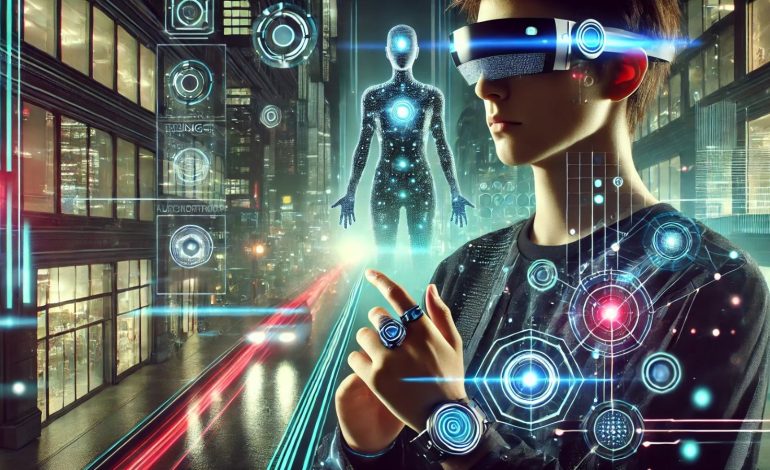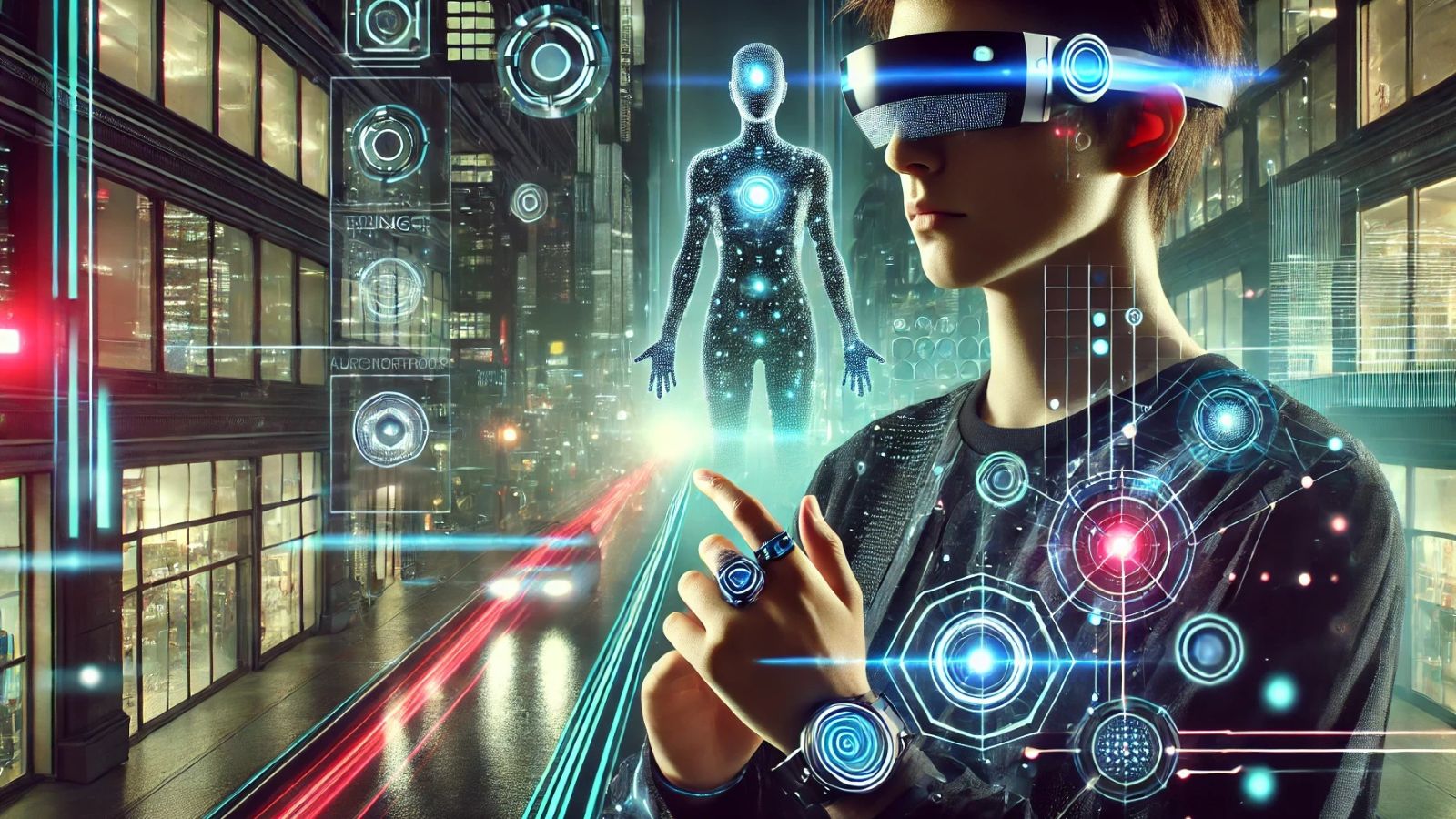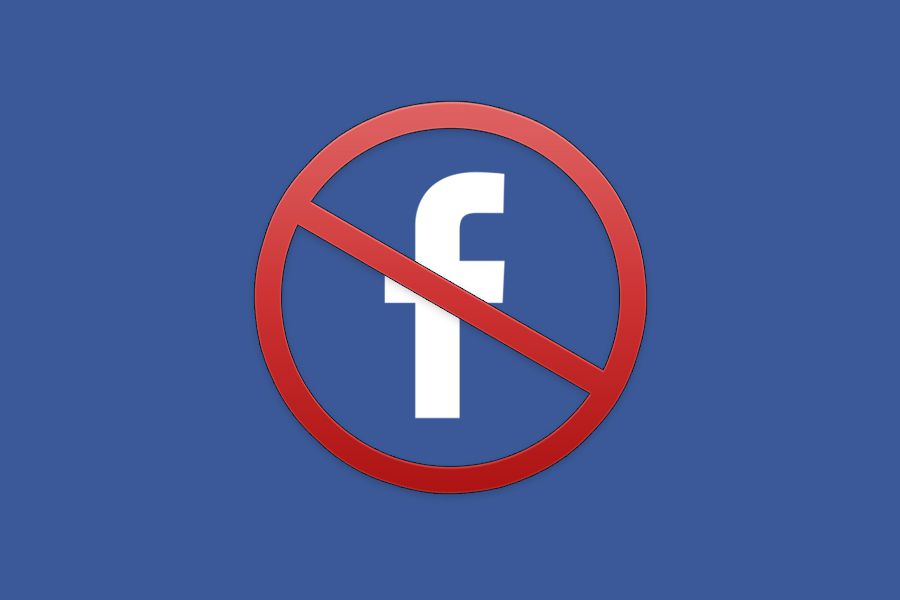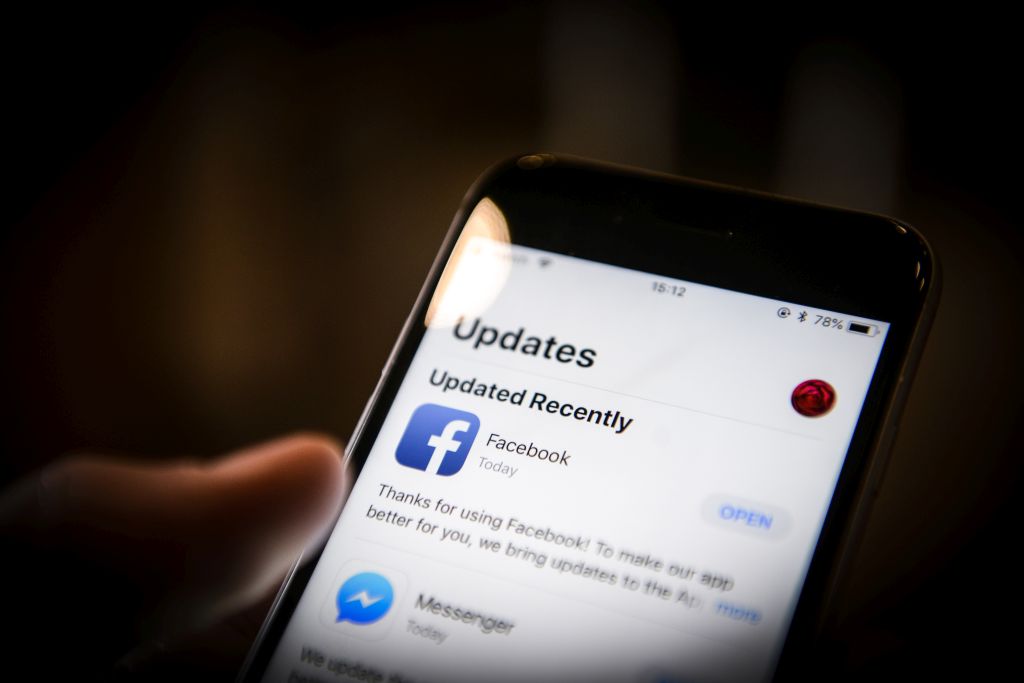The State of Technology in 2025: Trends Shaping the Digital Future
Technology continues to evolve at a rapid pace, transforming industries, reshaping daily life, and driving innovation across the globe. In 2025, emerging tools and systems are redefining how we work, communicate, and interact with the world around us. From artificial intelligence (AI) and 5G connectivity to sustainable tech and cybersecurity, the digital landscape is expanding in ways that affect businesses, consumers, and governments alike.
Here’s a closer look at the biggest trends shaping the general tech landscape this year—and what they mean for the future.
Artificial Intelligence Becomes Mainstream
AI is no longer an emerging concept—it’s a central pillar of modern technology. Businesses and consumers alike are benefiting from tools that automate processes, generate content, and deliver personalized experiences.
In 2025, AI is being used to:
-
Enhance customer service, with chatbots and virtual assistants providing instant, 24/7 support.
-
Streamline business operations, helping companies forecast demand, manage logistics, and improve decision-making with data-driven insights.
-
Boost creativity and productivity, with generative AI tools assisting in content creation, software coding, and product design.
For individuals, AI-driven personal assistants are becoming as common as smartphones, managing schedules, suggesting purchases, and even helping users plan healthier lifestyles.
However, with AI’s rapid growth come questions about ethics, data privacy, and job displacement. Governments are working to establish regulatory frameworks, while companies seek to balance innovation with responsibility.
5G and Beyond: A Hyperconnected World
The global rollout of 5G networks has transformed connectivity, enabling faster data speeds, reduced latency, and more reliable connections. In 2025, we’re already seeing the early groundwork for 6G networks, which promise speeds up to 10 times faster than 5G and will unlock entirely new possibilities for communication and automation.
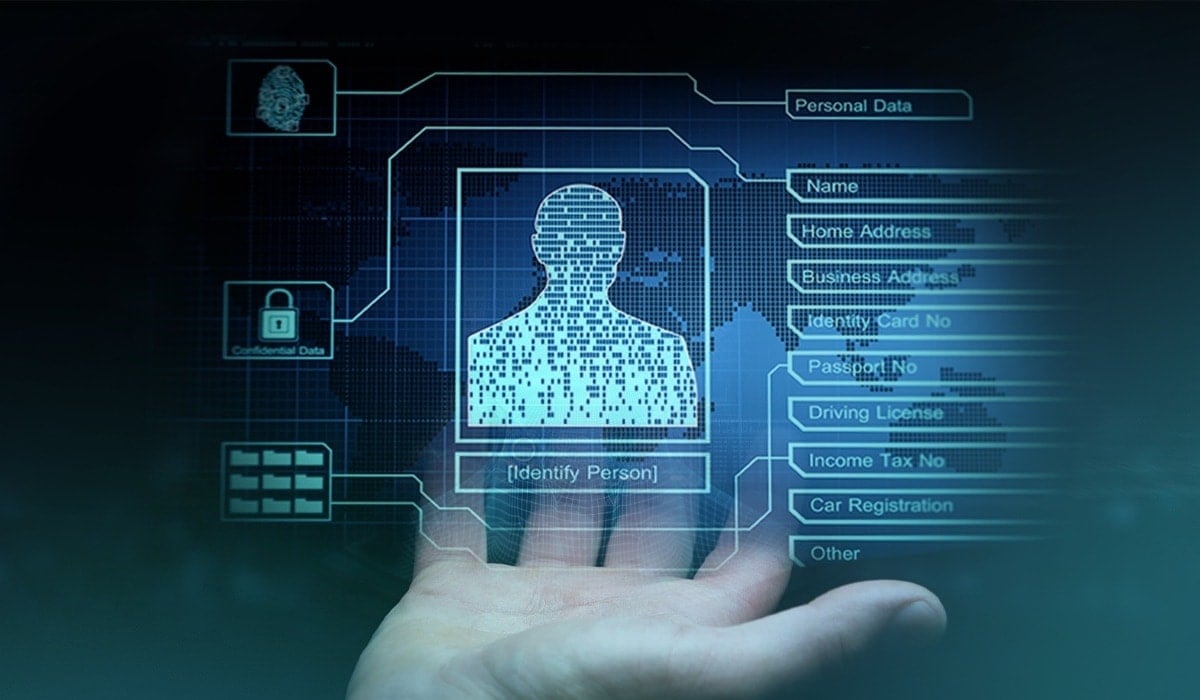
These networks support technologies such as:
-
Smart cities, where connected infrastructure manages traffic, energy usage, and public safety.
-
Autonomous vehicles, which rely on ultra-fast, low-latency networks to operate safely.
-
Augmented and virtual reality (AR/VR), powering immersive experiences in gaming, education, and business.
For consumers, this means more seamless digital experiences—from streaming ultra-high-definition content without lag to using AR shopping apps that allow people to “try on” clothes or furniture before buying.
The Rise of the Metaverse and Virtual Spaces
The metaverse—once a buzzword—is now becoming a functional part of the tech ecosystem. While still in its early stages, businesses, educators, and entertainment companies are exploring ways to integrate these digital spaces into everyday life.
Applications range from:
-
Virtual offices and conferences, enabling global teams to collaborate in shared 3D environments.
-
Education and training, using immersive simulations to teach complex skills.
-
Social and entertainment hubs, where people can connect, play, and shop in interactive digital worlds.
Although adoption is gradual, continued investment by major tech companies is pushing the metaverse closer to mainstream relevance, especially as hardware (like VR headsets) becomes more affordable and user-friendly.
Sustainability as a Tech Imperative
With climate change and environmental concerns at the forefront, sustainability is becoming a driving force in tech development. Companies are increasingly adopting green technologies to reduce energy consumption, waste, and emissions.
Key trends include:
-
Energy-efficient data centers, powered by renewable energy.
-
Circular economy practices, where devices are designed for recyclability and longevity.
-
Electric and clean energy innovations, including battery advancements and solar-powered solutions.
Consumers are also demanding more sustainable practices, favoring brands and products that prioritize eco-friendly solutions. This is prompting the tech industry to rethink everything from product design to supply chain management.
Cybersecurity in the Spotlight
As digital connectivity expands, so does the threat landscape. Cyberattacks have become more sophisticated, targeting not only businesses but also critical infrastructure and individual consumers.
In 2025, cybersecurity is more than just an IT concern—it’s a global priority. Companies are investing heavily in:
-
AI-driven threat detection, using machine learning to identify and respond to attacks in real time.
-
Zero-trust security models, which assume no user or device is inherently safe and verify all activity.
-
Biometric authentication, replacing passwords with fingerprint, voice, and facial recognition for greater protection.
Consumers, too, are becoming more aware of digital risks, using VPNs, secure messaging apps, and personal data monitoring tools to protect their privacy.
The Internet of Things (IoT) Expands
The IoT—networks of interconnected devices—continues to grow, transforming homes, cities, and industries. Smart home devices like thermostats, lighting, and appliances now integrate seamlessly, optimizing energy use and convenience.
In industries, IoT is enabling predictive maintenance in manufacturing, real-time supply chain tracking, and smart agriculture, where sensors monitor soil conditions and crop health to boost efficiency and yields.
However, this expansion brings new challenges, particularly in cybersecurity and standardization. Ensuring these devices communicate securely and efficiently remains a top priority for tech developers and regulators.
Personalized Technology Experiences
Technology is becoming increasingly tailored to individual users. From recommendation algorithms on streaming services to customized health insights from wearable devices, personalization is now an expectation, not a luxury.
In healthcare, for example, wearable devices track heart rate, sleep, and activity, sending data to apps that offer tailored wellness plans. In retail, AI-powered platforms deliver personalized product suggestions based on browsing and purchase history.
While personalization improves convenience and satisfaction, it also raises concerns about data privacy—a challenge that companies must address transparently to maintain user trust.
The Future: Convergence and Accessibility
What sets 2025 apart is how these technologies are converging. AI powers IoT devices, 5G networks enable the metaverse, and sustainability drives hardware and software design. This interconnected ecosystem is creating opportunities for businesses and consumers alike, but accessibility remains a concern.

Bridging the digital divide—ensuring rural areas and developing nations have equal access to these innovations—is critical to making technology’s benefits truly global. Governments, NGOs, and private companies are working together to expand connectivity, lower hardware costs, and provide digital literacy training worldwide.
Conclusion
Technology in 2025 is more dynamic, interconnected, and essential than ever before. AI, 5G, the metaverse, sustainable solutions, and cybersecurity are shaping the next phase of digital transformation, impacting industries and everyday life alike.
The challenge—and opportunity—lies in ensuring these advancements remain ethical, sustainable, and accessible to all. As innovation accelerates, individuals and organizations that embrace these changes while prioritizing security, sustainability, and inclusivity will be best positioned to thrive in the digital future.

